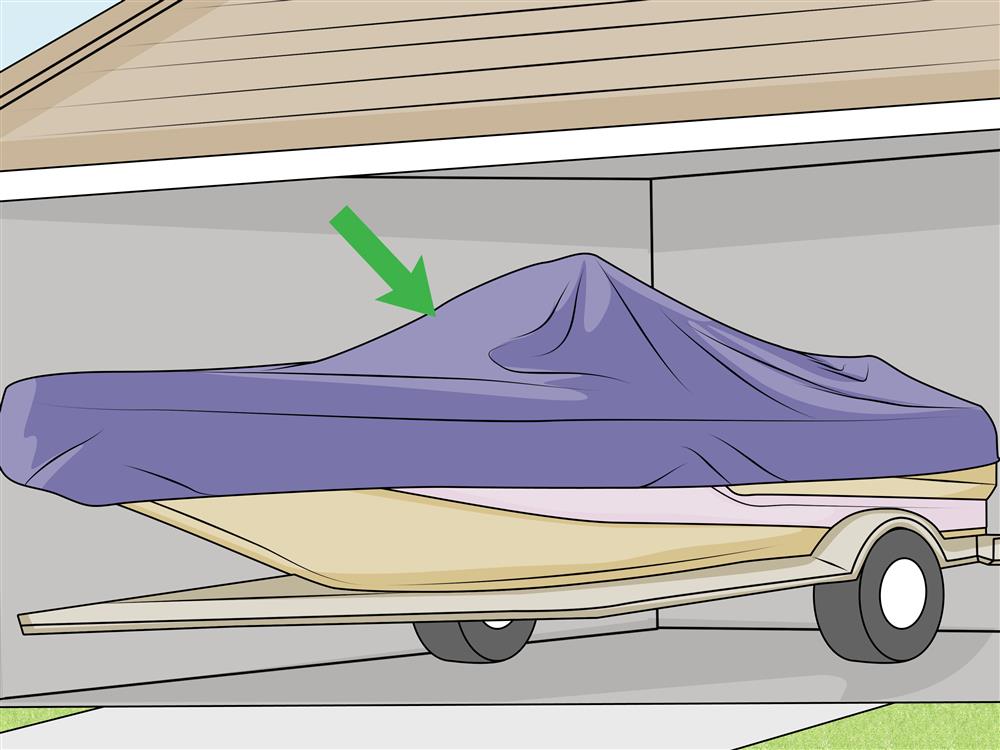As the weather begins to cool in most of the United States and outdoor water activities come to a close, it's time to start thinking about how to winterize your boat. The time and effort that you spend now will not only save you money down the road but will also affect how well your boat performs when you put it back in the water next spring and for many years to come.
Always winterize your boat out of the water. If you have the funds to do so, make sure it is in a climate-controlled area during the winterizing process. Follow the owner's manual provided by the manufacturer, which lists suggested tasks that you should accomplish for winterizing. The manual will provide you with a checklist of what must be done. New boat owners should enlist the help of a professional or an experienced friend who has previously winterized a boat.

Although every vessel is different, here is a general outline.
Inboard Engines
Run the engines and change the oil while warm. Change the oil filter and then flush the engines with water. Take a pickup hose from the water pump and fill it with antifreeze to circulate water through the manifold. Run the engine until the water begins exiting from the exhaust. Change transmission fluid and remove and clean the spark plugs. Wipe down engines with a shop towel.
Outboard Engines
Flush engines with fresh water and let them drain. Wash them with soap and water and rinse thoroughly. Disconnect fuel and run engines until they stop to make sure all fuel is drained from the carburetor. Lubricate cylinder walls and pistons with fogging oil and then grease propeller shaft and threads. Also, change the gear oil.
Stern Drives
Thoroughly inspect the stern drive for barnacles and plant life and remove what you find. Drain the gear case and if you find excessive moisture, you may have a leaking seal which needs repair. Check the rubber boot for cracks or holes. Check the fluid in hydraulic steering and grease lift pumps.
Fuel
Change fuel filters and water separators and then fill your tanks to avoid winter condensation. Add a fuel stabilizer.
If you have any questions, reach out to the experts at Deep Blue Yacht Supply.


































